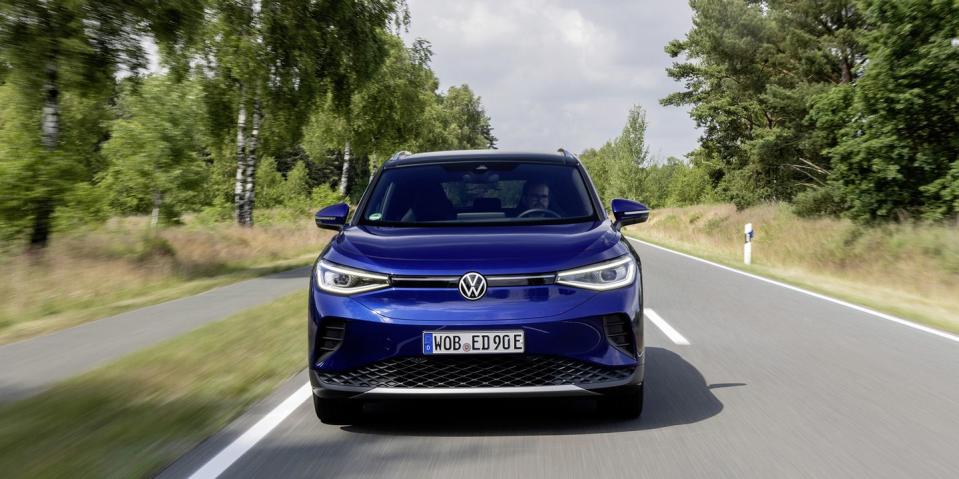VW Will Update Your ID Over-the-Air

VW begins rolling out over-the-air (OTA) software updates in its lineup of electric ID models, boosting functionality of certain interior features.
The automaker envisions "becoming a software-oriented mobility provider," planning to offer new features as part of new revenue streams.
VW plans for OTA updates to occur every 12 weeks in its electric vehicles.
As planned, Volkswagen has introduced over-the-air (OTA) updates to software in its ID range of electric vehicles, which have now been on sale for over a year. Developed in close collaboration with CARIAD, the automaker's in-house software unit, over-the-air updates in VW models will be used to introduce new features and functionalities to existing vehicles, future-proofing to some extent and allowing for improvements to be rolled out on a mass scale without dealership visits.
Some of the changes introduced in this update include improved image processing in the multifunction camera, giving it the ability to recognize motorcycles and other traffic users more quickly, as well as new functions for the ID. Light, which is a light strip at the bottom of the windscreen. VW says that the changes made to the light strip allow it to give the driver visual information for energy-saving driving, as well as when driving with the Active Cruise Control (ACC) activated. A few other tweaks include revised infotainment display graphics.
"The new updates are a central functionality of the digital, connected car," said Thomas Ulbrich, member of the Board of Management for Technical Development. "They will quickly become normal for our customers, in the same way as they have for their smartphones. Software development is iterative and fast. We work in short cycles, like a tech company, and provide updates to our customers at correspondingly short intervals."
Volkswagen executives have openly lauded Tesla's leadership on software and OTA updates, indicating years ago that they have envisioned similar features for VW models in the future. It certainly took VW a few years to get to this point, with the rollout following the launch of the first of its ID-branded electric models stateside.
It's safe to say that Tesla has been a pioneer in the field of OTA updates, which have in recent years become somewhat eclipsed by the hype surrounding the automaker's forays into semi-autonomous driving features.
Volkswagen has taken steps to make software and connected services a priority, envisioning it to play a much bigger role in its vehicles in the coming years, using the phrase "becoming a software-oriented mobility provider" to describe its aspirations. Of course the reasons for this, mentioned quite openly by VW, are the launches of new business models and the potential for additional revenue, so it's not just a matter of updating page layouts in infotainment system menus—VW will eventually offer you things for a price, in addition to other updates scheduled to occur every 12 weeks. VW envisions such updates will eventually concern autonomous vehicle functionality, as VW aims to launch Level 4 robotaxi services in the coming years, in addition to offering autonomous features in privately sold vehicles.
So in a matter of years, OTA updates are expected to play a much bigger role in VW's electric vehicles, perhaps mirroring Tesla's successive debuts of tweaked and expanded semi-autonomous driving capabilities. In many ways it's useful for VW to watch Tesla take the first steps in this field, to know what to emulate and what to avoid in the future.


 Yahoo Autos
Yahoo Autos 